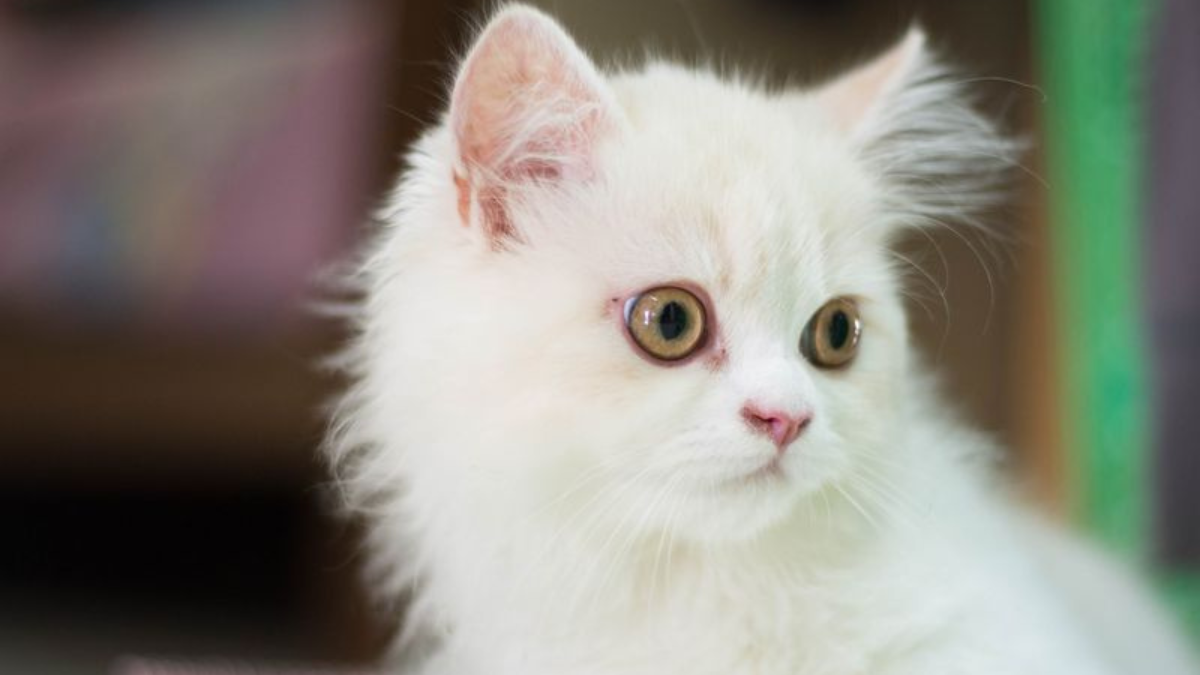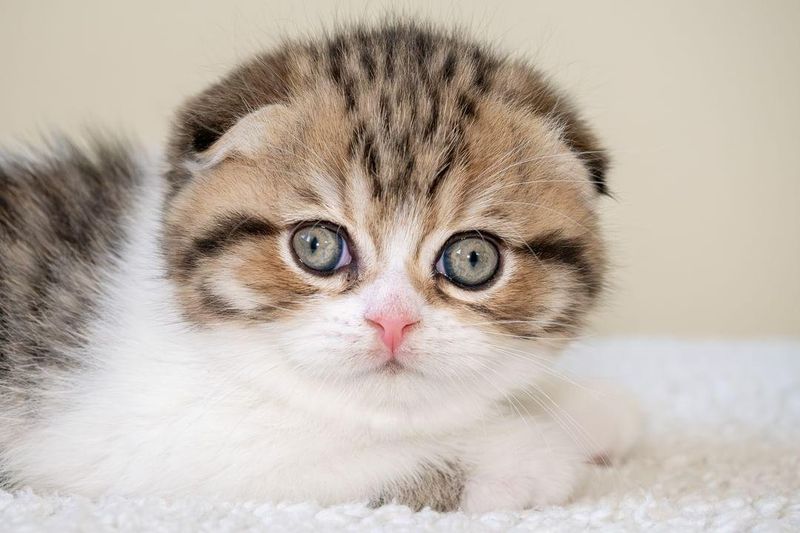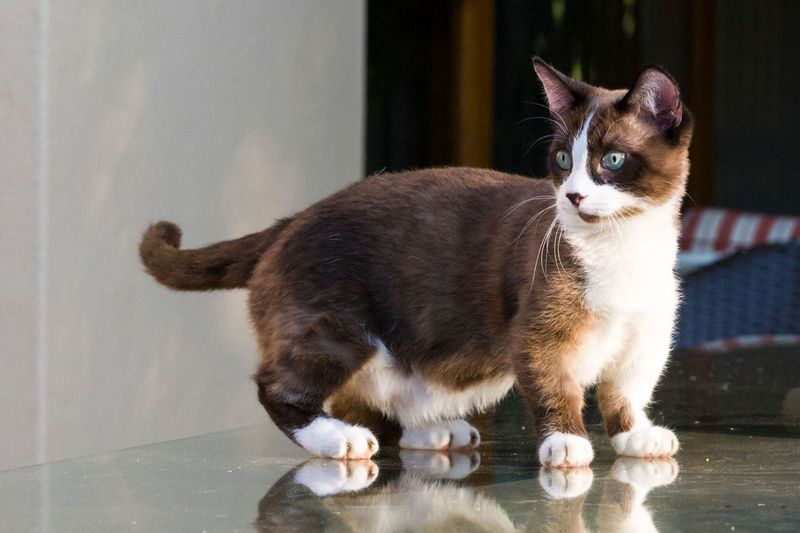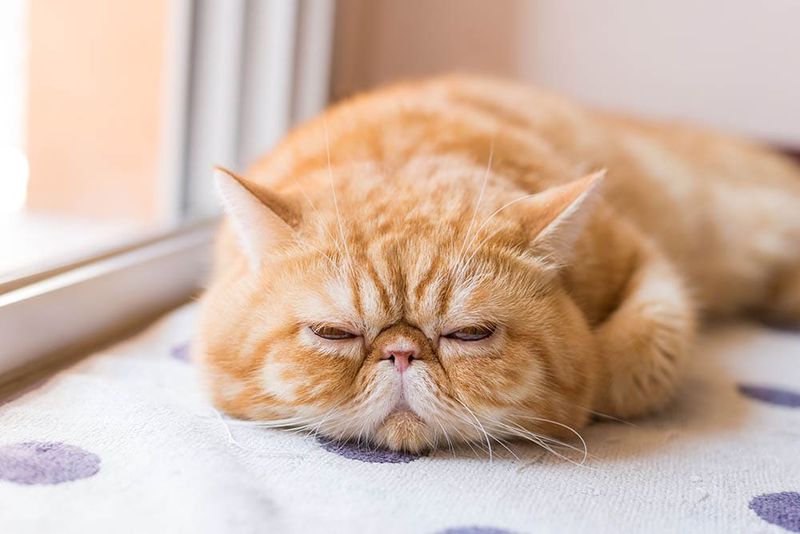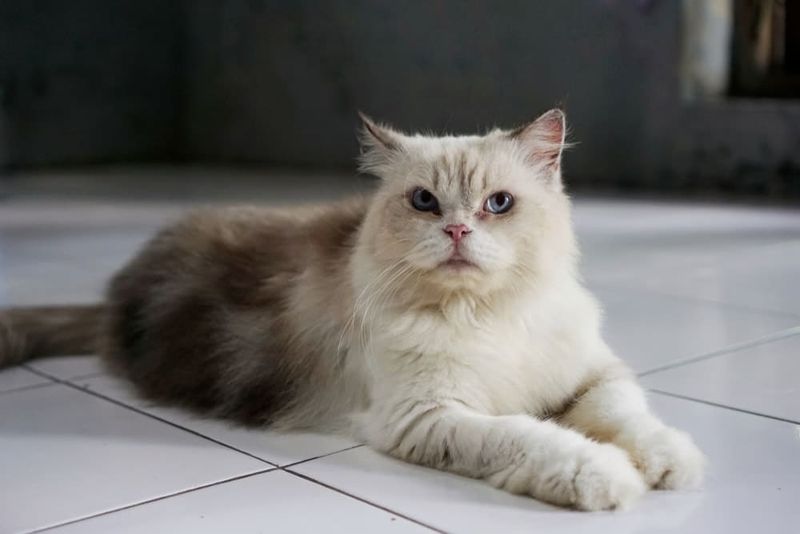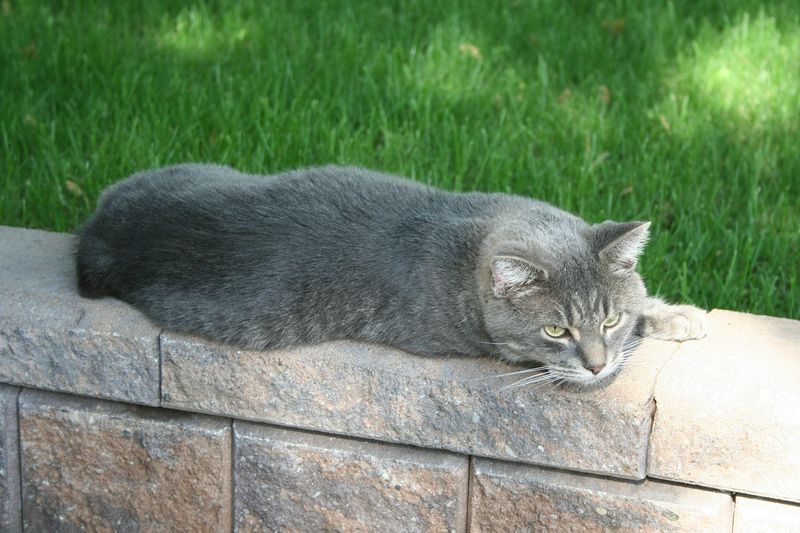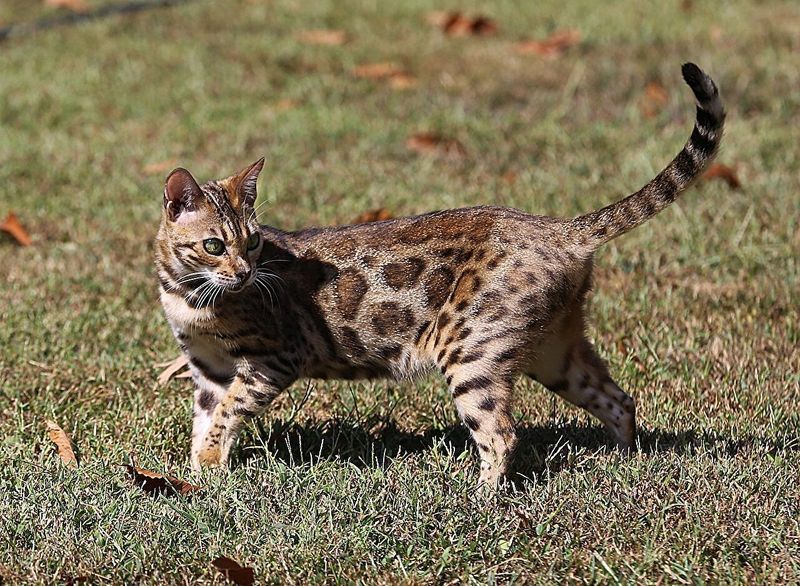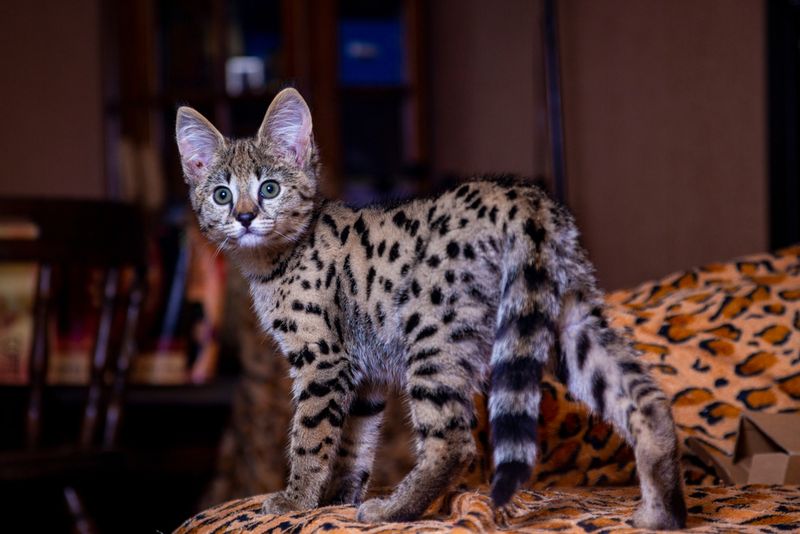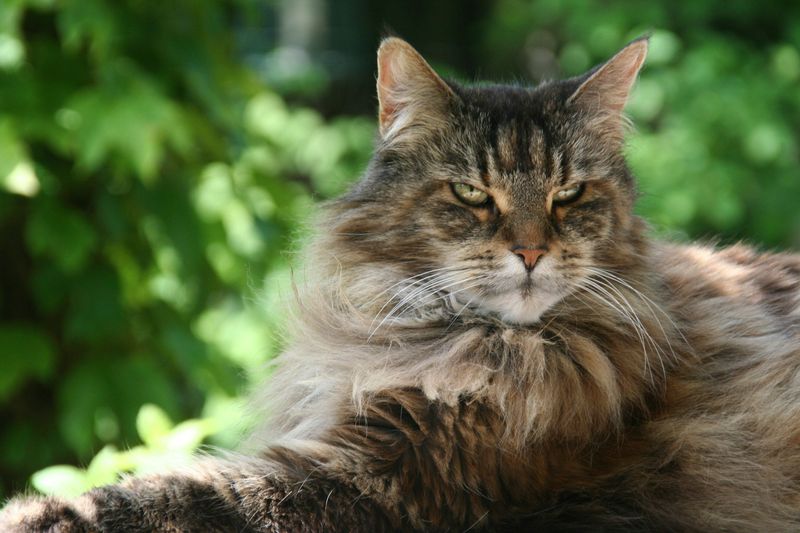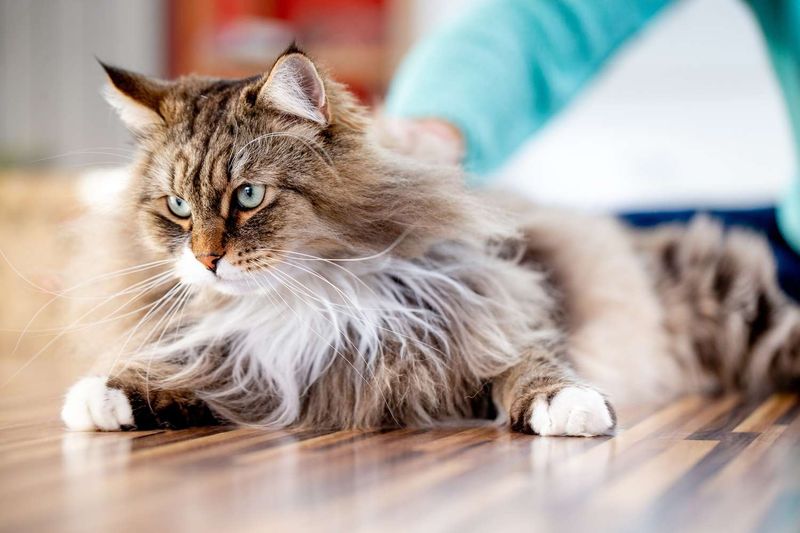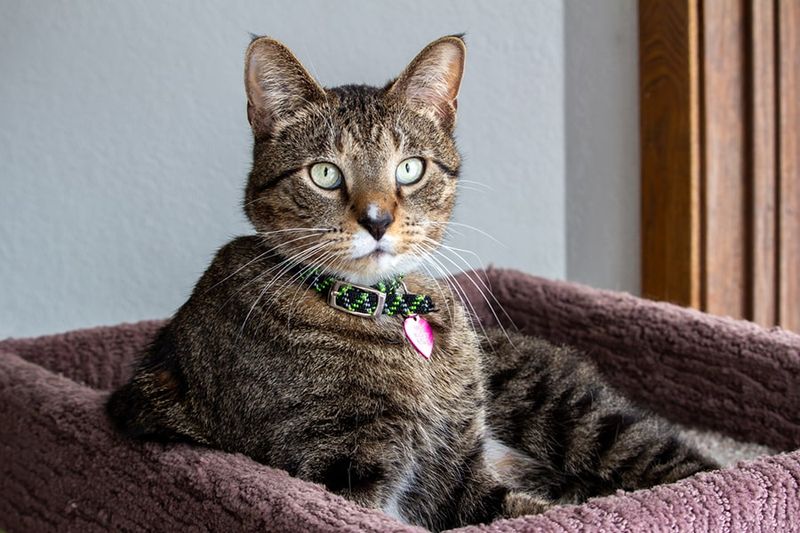📖 Table of Content:
Selecting a cat is a decision that goes beyond appearances, requiring careful thought about long-term health and well-being. While some breeds may be adored for their looks or trendy status, they can also carry hidden medical risks. Physical traits bred for style sometimes come at the cost of comfort, function, and quality of life.
Veterinarians frequently raise concerns about certain cat breeds due to inherited conditions and chronic health problems. Breeds with extreme features often suffer from respiratory, joint, or organ issues that impact their daily lives. These complications not only affect the cat’s well-being but also place emotional and financial strain on owners.
On the other hand, some breeds are recognized for their natural hardiness and even temperaments. These cats tend to live longer, healthier lives with fewer genetic complications. Understanding which breeds are considered high-risk and which are vet-approved can help guide more informed, compassionate choices.
1. Scottish Fold
The distinctive folded ears of Scottish Folds are caused by a cartilage mutation that not only shapes their appearance but also affects their entire skeletal system, leading to a painful disorder known as osteochondrodysplasia.
As these cats age, they develop progressive arthritis and joint deformities. Many struggle to walk normally by middle age. The pain becomes so severe that some cats can barely move without discomfort.
The breeding of Scottish Folds is actually banned in some European countries for ethical reasons. Veterinarians often argue that continuing to breed these cats prioritizes cute appearances over the animal’s quality of life and well-being.
2. Munchkin
Munchkin cats have abnormally short legs caused by a genetic mutation that many vets consider a form of dwarfism. Their shortened limbs prevent them from jumping and climbing normally – activities that are essential to natural cat behavior and happiness.
These cats frequently develop painful spine problems as they age. Their unusual body structure puts extra stress on their backs, leading to herniated discs and arthritis.
Breeding two short-legged Munchkins together can produce kittens that die before birth, raising serious ethical concerns. While they may look cute in social media posts, veterinarians worry about normalizing breeds with deliberate skeletal deformities that impact their ability to move naturally.
3. Sphynx
Without the insulating fur typical of other cats, Sphynx cats are left vulnerable to sun damage, skin conditions, and temperature extremes, and they also need frequent bathing to remove the oils that would normally be absorbed by fur.
Their heightened metabolism forces them to eat significantly more than other cats to maintain body temperature. This creates a financial burden many owners aren’t prepared for.
Sphynx cats commonly develop hypertrophic cardiomyopathy, a serious heart condition. They also face a higher risk of respiratory infections and skin problems like fungal infections. Veterinarians see these cats suffering from preventable conditions that wouldn’t affect cats with normal fur coats.
4. Persian
Bred for their distinctive flat faces, Persian cats often struggle with lifelong breathing troubles and commonly suffer from eye infections, tear duct disorders, and poorly aligned teeth.
Daily grooming is mandatory, not optional. Their long, dense fur mats easily, creating painful skin conditions when neglected. Many owners don’t realize the maintenance required.
These cats often develop polycystic kidney disease, a genetic condition that significantly shortens their lifespan. Veterinarians frequently see Persians struggling with overheating in warm weather due to their inability to pant effectively and cool themselves down.
5. Exotic Shorthair
With the same flattened facial structure as Persians but a shorter coat, Exotic Shorthairs suffer from persistent breathing difficulties and limited stamina, and many owners mistakenly think their noisy breathing is typical.
These cats struggle with severe eye problems because their eye sockets are too shallow. Corneal ulcers and chronic infections are common, sometimes requiring surgery.
The brachycephalic (flat-faced) structure causes dental overcrowding and makes them prone to overheating. Veterinarians report that these cats often can’t clean themselves properly because they can’t reach all parts of their bodies due to their face shape and body structure, leading to skin infections and discomfort.
6. Himalayan
Combining the flat-faced respiratory problems of Persians with the genetic conditions common in Siamese cats, Himalayans face a range of serious health challenges.
Their long coats require extensive daily grooming that many owners eventually neglect. Without proper care, painful mats form against their skin, leading to infections.
These cats frequently develop kidney disease and are prone to dental problems due to their facial structure. Himalayans also have a high rate of progressive retinal atrophy, leading to blindness. Vets report that these cats often have multiple health issues simultaneously, creating a complicated and expensive medical management situation for owners.
7. Manx
Manx cats are known for their missing tails, but this isn’t just a cute feature. The genetic mutation causes serious spinal cord problems known as Manx Syndrome. Affected cats suffer from paralysis, incontinence, and bowel dysfunction.
The tailless gene is actually lethal in its most severe form. Many Manx kittens die before birth when they inherit two copies of the gene. Even cats with partial tails can experience nerve damage and pain.
Without tails for balance, these cats often develop arthritis in their hind legs from compensating. Veterinarians frequently see Manx cats with chronic constipation because the nerves controlling their bowels are malformed. These issues create lifelong management challenges that many owners aren’t prepared for.
8. Bengal
The wild Asian leopard cat heritage of Bengals leads to extreme energy demands and a need for constant stimulation, which many owners struggle to meet.
These cats commonly develop behavioral problems when their needs aren’t met. Destructive behavior, excessive vocalization, and inappropriate elimination become major issues in homes unprepared for their demands.
Bengals have higher rates of progressive retinal atrophy and hypertrophic cardiomyopathy than many other breeds. Veterinarians frequently see these cats surrendered to shelters when owners can’t handle their wild-like temperament and intense needs. Their popularity is driven more by their exotic appearance than suitability as pets.
9. Savannah
The hybrid nature of Savannah cats, resulting from domestic and wild serval crosses, means early generations (F1-F3) often maintain wild behaviors that can make them difficult and sometimes unsafe as pets.
Their size and strength exceed typical cats, allowing them to cause significant property damage. Many owners aren’t prepared for their territorial marking behaviors and loud vocalizations.
These cats require specialized veterinary care that many clinics aren’t equipped to provide. Finding boarding facilities or pet sitters willing to handle them is extremely difficult. Veterinarians worry about the welfare of these hybrid cats, who often end up abandoned when owners realize they’ve essentially purchased a wild animal with domestic cat expectations.
1. Maine Coon
Maine Coons have evolved naturally over centuries rather than through extreme selective breeding. Their large size developed gradually without the health problems seen in artificially enlarged breeds.
Despite their impressive size, they maintain proper body proportions. Their features aren’t exaggerated in ways that cause suffering, unlike many problematic breeds.
While they can have some genetic health concerns like hypertrophic cardiomyopathy, responsible breeders screen for these issues. Veterinarians appreciate their sturdy constitution, natural weatherproofing, and balanced temperament. Their semi-longhaired coats require less maintenance than Persian-type breeds while still providing proper insulation and protection.
2. American Shorthair
The healthy, functional body of American Shorthairs stems from their origins as working cats, with well-proportioned features that support natural breathing, movement, and grooming.
These cats typically live 15-20 years with few breed-specific health problems. Their practical, easy-care coat requires minimal grooming while still providing proper protection.
Veterinarians often recommend American Shorthairs for first-time cat owners because of their balanced health profile. They haven’t been bred for extreme traits like flat faces or unusual body proportions. Their genetics remain diverse enough to avoid the concentrated health problems seen in more specialized breeds.
3. European Shorthair
Prioritizing hardiness over exotic traits, European Shorthairs possess a functional body design that enables athletic and natural mobility.
These cats rarely suffer from genetic health problems because they haven’t been inbred for specific traits. Their moderate size and proportions support healthy joint function throughout their lives.
Veterinarians value their strong immune systems and balanced temperaments. Unlike breeds created for unusual appearances, European Shorthairs maintain the proper facial structure for normal breathing and dental alignment. Their practical coat provides proper protection while being easy to maintain.
4. Siberian
Developed in the harsh Russian environment, Siberians are known for their resilience and a semi-long fur that insulates well without the grooming demands of Persian coats.
Despite their thick coats, they produce less of the Fel d 1 protein that causes allergic reactions in humans. Many people with cat allergies can tolerate Siberians, making them accessible to more families.
Veterinarians appreciate their natural body structure with no exaggerated features. Their strong immune systems developed through natural selection rather than human intervention. Unlike many pedigree cats, Siberians maintain genetic diversity that helps them avoid the concentrated health problems seen in more heavily bred cats.
5. Domestic Shorthair/Mixed Breed
Domestic shorthairs aren’t a specific breed but rather mixed-ancestry cats with diverse genetics. This genetic diversity gives them a significant health advantage called hybrid vigor that pedigree cats often lack.
Their varied gene pool protects them from the concentrated hereditary problems that plague purebred cats. Most have normal facial structures that allow proper breathing and dental alignment.
Veterinarians frequently recommend adopting these cats from shelters rather than purchasing breeds with known health issues. Their moderate features and varied backgrounds typically result in fewer medical problems and lower veterinary bills. The natural selection that shaped these cats prioritized health and functionality over extreme appearances.
